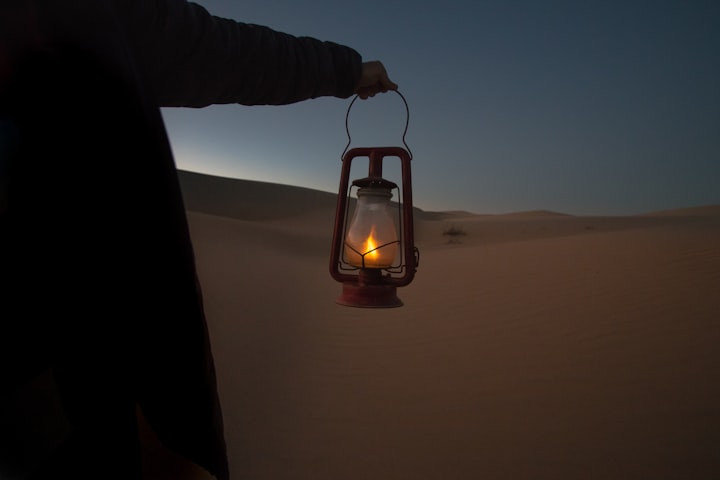From Tiny Terrors to Web-slinging Wonders
The Amazing Adventures of Baby Spiders (and Their Slightly Creepy Parents)

Spiders: those eight-legged wonders that inspire awe in some and shrieks in others. But behind those beady eyes and creepy-crawly bodies lies a fascinating life cycle, filled with surprising twists and a whole lot of drama (in the insect-sized world, of course). So, grab your magnifying glass (and maybe a fly swatter, just in case) because we're about to delve into the secret world of baby spiders!
Party Time! (Sort Of):
Our story begins not with a single spider, but with hundreds! Yep, mama spiders can lay anywhere from a dozen to a few thousand eggs, all neatly tucked away in a silky sac that looks like a miniature sleeping bag for tiny terrors. This sac is like a spider apartment complex, with each egg a tiny room where a spiderling is getting ready for the big debut.
The Great Escape (With a Twist):
After a few weeks of chilling (literally, because spiders are cold-blooded), it's time for the spiderlings to make their grand entrance. But unlike a Hollywood premiere, this involves chewing their way out of their silky home – talk about a dramatic exit! Now, you might think these little guys would be ready to conquer the world (or at least your living room), but hold on a sec.
The Awkward Phase (They All Have One):
These freshly hatched spiderlings, called spiderlings (shocking, we know), are about the size of a pinhead and look like translucent versions of their parents. Not exactly fearsome, are they? In fact, they're pretty much helpless. They can't spin webs yet, their eyesight stinks, and hunting for food is basically out of the question. So, what do they do? They have a massive party… well, sort of.
Spiderling Huddle: Safety in Numbers:
These tiny terrors huddle together on their empty egg sac, forming a wriggling mass of spiderlings. This huddle serves two important purposes. First, it helps them conserve heat, which is crucial for these cold-blooded creatures. Second, it might actually confuse predators. Imagine a hungry wasp approaching a giant ball of spider-bits – not exactly an appetizing sight!
The Hunger Games (But Cuter):
But the party can't last forever. Eventually, the spiderlings get hungry (spiders gotta eat, too!). This is where things get a bit "Hunger Games" – spiderling edition. Since they can't spin webs yet, they have to rely on mom (who might have already moved on) or just plain luck to find a meal. Some lucky spiderlings might stumble upon a dead insect, while others might become a meal themselves. It's a tough world out there for a tiny spider!
Growing Up is Hard to Do (Especially with Eight Legs):
As they munch on their insecty snacks, the spiderlings start to molt. Imagine shedding your entire skin – not exactly comfortable, right? But for spiderlings, it's essential. With each molt, they grow bigger, stronger, and (hopefully) less likely to become a happy meal for another creature.
Web-Slinging Superheroes (Okay, Maybe Not Superheroes):
Finally, after several molts, the spiderlings reach adulthood. This is when things get interesting. Orb weaver spiders, the ones famous for their elaborate webs, finally develop the ability to spin their sticky masterpieces. Hunting becomes a breeze (well, a fly breeze) as they patiently wait for their next eight-legged meal to get tangled in their web. Hunting spiders, on the other hand, hone their stealthy skills, stalking their prey across the ground.
The Circle of Life (With a Bite):
And the cycle continues. These adult spiders will eventually mate (a process that can be quite dangerous for the male, by the way), lay eggs, and start the whole shebang all over again.
So, the next time you encounter a spider, take a moment to appreciate its fascinating life cycle. From the dramatic egg sac escape to the web-slinging (or stalking) adulthood, these eight-legged creatures are more than just creepy crawlies – they're survivors, ninjas of the insect world, and tiny architects who build elaborate silken masterpieces. Maybe they won't be winning any beauty contests, but hey, they've got their own unique brand of awesomeness.
Bonus Fun Facts!
Some spiderlings can travel long distances by ballooning. They release silk threads that catch the wind, carrying them for miles! Talk about a first-class ticket!
Not all spider moms are nurturing. In some species, the spiderlings have to eat their mother (yikes!) to survive. Talk about a tough love
About the Creator
mahmoud elsaad
Available!






Comments
There are no comments for this story
Be the first to respond and start the conversation.